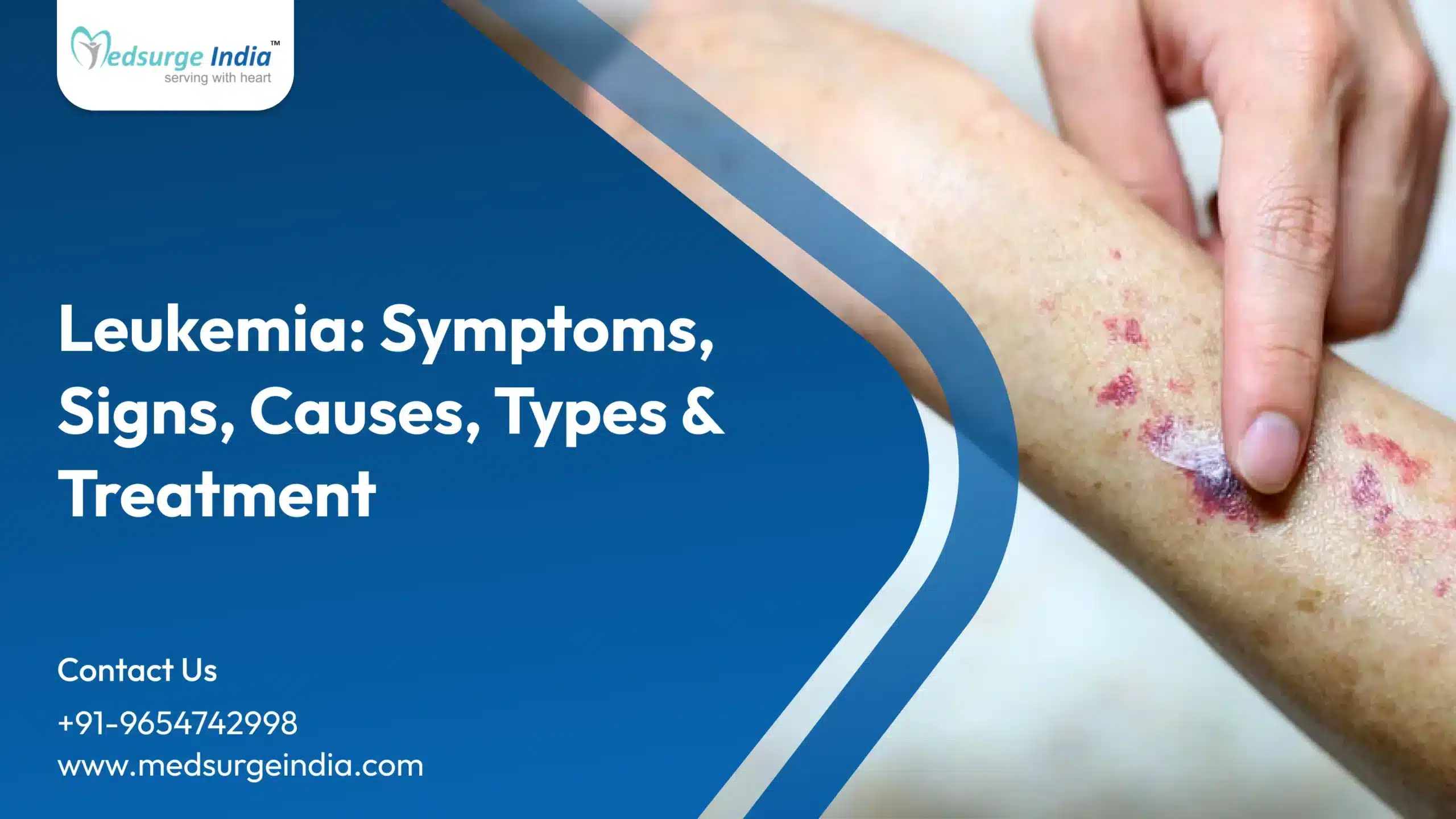
Everything You Need to Know About CT scan
CT Scan what is it? Are you curious about this machine? What it can do and how it is used in diagnosing and proving the images of our body? Here in this blog, we have put together a guide to help you understand this imagining tool. We will try to help you understand on how this device works, its benefits, how it is performed, and many more.
What is a CT Scan?
CT Scan commonly referred to as Computed Tomography is a diagnostic imaging procedure that uses a combination of computer technology that produces inside images of the body and X-rays. This device shows a detailed image of any part of the body, such as the bones, fats, organs, muscles, and blood vessels. Compared to an X-ray a CT Scan is more detailed.
Difference Between An X-Ray And A CT Scan
In an X-ray, a focused energy beam is directed towards the specific body parts under examination. A plate is positioned behind the body part to capture the changes in the energy beam as it traverses through the skin, bone, muscle, and other tissues of the body. Although regular X-rays provide valuable information, they do not offer a comprehensive view of internal organs and other structures of the human body.
Whereas, in a CT scans, the X-ray beam revolves around the body in a circular motion which enables multiple perspectives of the same organ or structure, resulting in significantly enhanced detail. The X-ray data is then transmitted to a computer, which analyzes and presents the information in a two-dimensional format on a monitor. Thanks to advancements in technology and computer software, three-dimensional images have become achievable. Not only that it can help in the diagnosis of tumors, check for other internal injuries that are damaged, and help in the investigation of internal bleeding. It is also used in tissue or fluid biopsy.
How CT Scans Work?
While doing a CT scan the patient will be asked by a healthcare professional to lie on a table that slides into a donut-shaped scanner. While the patient is being scanned, the X-ray beam passes through your skin, bone, and soft tissue as the scanner rotates around you. This rotation enables specialists to capture the various angles of the same organ or soft tissue in more greater detail. The data collected from the X-rays are then sent to a computer for interpretation, which generates 3D images. Sometimes, CT scans are performed with contrast to enhance the visibility of the targeted organ or soft tissue. This involves the administration of an intravenous iodine-based contrast substance to improve the imaging of the body’s interior.
How To Prepare For a CT Scan?
Before starting the diagnosis through CT Scan, a healthcare professional will instruct the patient to follow specific instructions. It is a straightforward process. Below here we will give you the basic steps before and during a CT scan appointment.
Fasting: You will be asked not to eat for a certain period before the scan. Your healthcare professional will give you specific instructions on how to prepare and ensure the accuracy and quality of the scan.
Inform of any allergies: It is very crucial to inform your healthcare professional if you experience any allergic reaction or have any history of it in the past. As, in the event of a severe or anaphylactic reaction, intravenous contrast will not be administered.
Remove any metal objects: You will ve asked to remove any metal objects, such as jewelry, watches, or any other metallic objects that can interfere with the imaging process.
Inform if pregnant: In case there is a possibility of pregnancy, it is very important to notify your healthcare professional. Although the radiation exposure from a CT scan is typically minimal, it is advisable to steer clear of any avoidable risks to a growing fetus.
What to Expect During A CT Scan?
- You will be asked to change into a hospital gown.
- A healthcare technician will insert an IV in your arm.
- You will be asked to remove any metal object or medication patches prior to your arrival at the scan.
- You will be positioned on a long narrow table and secured in place with velcro straps or other safety devices.
- The table you are strapped to will move in and out of the scanner, and rotate around making a loud noise.
- You will be asked to hold on your breath or maintain a certain position.
- You will need to hold still as possible to prevent the scanner from capturing any blurry images.
- The entire process will take around 20 minutes and 1 hour.
After the completion of the CT scan, the images are forwarded to a radiologist for analysis. A radiologist is a medical professional with expertise in utilizing imaging techniques, including CT scans and X-rays, to diagnose and treat various conditions. Your physician will provide you with a follow-up consultation to elucidate the findings.
Benefits of CT Scan
Detail imaging: CT scans offer detailed images of various tissues such as the brain, lungs, and blood vessels, aiding in the diagnosis of conditions, treatment planning, and progress monitoring.
Early diagnosis: CT scans play a crucial role in the diagnostic process by enabling early detection, ultimately impacting patient prognosis and the success of available treatments. They are capable of identifying a range of conditions including cancer, heart disease, and fractures.
Efficient and comfortable: The scanning process is swift and painless, especially crucial during emergencies.
Facilitating treatment: CT scans assist in surgical planning, biopsies, and radiation therapy, enhancing the efficacy of these treatments.
Tracking illness: CT scans enable us to monitor the response to treatments for diseases like cancer, enabling adjustments to the treatment regimen if needed.
Risk
Exposure to a small amount of radiation: Although the radiation dose from a CT scan is higher compared to a regular X-ray, it remains relatively low and is generally considered safe for the majority of individuals. Nonetheless, our primary objective is to utilize the lowest possible dose required to obtain the necessary images.
Allergic reaction to contrast material: It is possible for certain individuals to experience an allergic reaction to the contrast material utilized in some CT scans. The majority of reactions are mild and can be effectively managed with medication, although there is a potential for serious reactions to occur.
Potential harm to unborn babies: If you are pregnant, there is a potential risk that the radiation emitted during a CT scan could harm your unborn baby. It is crucial to inform us if you are currently pregnant or if there is a possibility of pregnancy.
Results of CT Scan
The findings from a CT scan can vary depending on the purpose of the scan. Here are a few illustrations:
Negative Results: When no irregularities are detected, the results are classified as negative. This does not eliminate the possibility of medical issues, but it does indicate the absence of clear indications of the specific condition targeted by the scan.
Positive Results: In case any anomalies are spotted by the radiologist, they will be outlined in the report. Positive results may suggest a range of conditions, including.
- Heart disease
- Lung conditions
- Liver or kidney diseases
- Tumors or cancers
- Infections
- Blood vessel diseases
- Inflammatory conditions
- Fractures or other injuries
- Heart disease
It is very crucial to keep in mind that interpreting a CT scan findings is a specialized skill that is done by a professional who has undergone the necessitated thorough medical training. If you have any inquiries or worries regarding your CT scan results, it is advisable to consult your healthcare physician as they can provide an explanation within the scope of your general health and assist you in comprehending the implications of the results.
Take Away
CT scans have revolutionized medical imaging through the provision of intricate, non-invasive perspectives of the internal structures of the body, assisting in the identification and management of different illnesses. Despite the potential hazards such as radiation exposure, continual technological progressions are enhancing safety and effectiveness. It serves as an essential instrument in contemporary healthcare, CT scans are poised to have a progressively important impact on personalized medicine and forthcoming medical breakthroughs.
Also Read: PSMA PET/CT Scan Enhances Prostate Cancer Detection and Treatment











